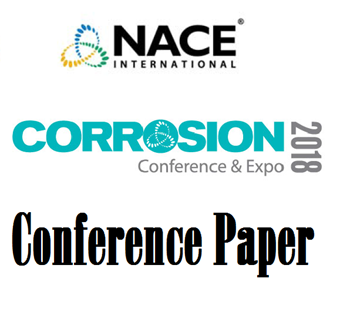Search
51315-6112-Electrical Current Requirement to Protect Coating Defect Locations on Pipeline Segments Installed Using Horizontal Directional Drilling
Also Purchased
51316-7574-CP Effectiveness at Horizontal Directionally Drilled Crossings
Product Number:
51316-7574-SG
ISBN:
7574 2016 CP
Publication Date:
2016
$20.00
51318-11274-Research on Current and Potential Distribution of Horizontal Directional Drilling Pipeline
Product Number:
51318-11274-SG
Publication Date:
2018
$20.00
00761 DESIGN AND COATING SELECTION CONSIDERATIONS FOR SUCCESSFUL COMPLETION OF A HORIZONTAL DIRECTIONALLY DRILLED (HDD) CROSSING
Product Number:
51300-00761-SG
ISBN:
00761 2000 CP
$20.00




